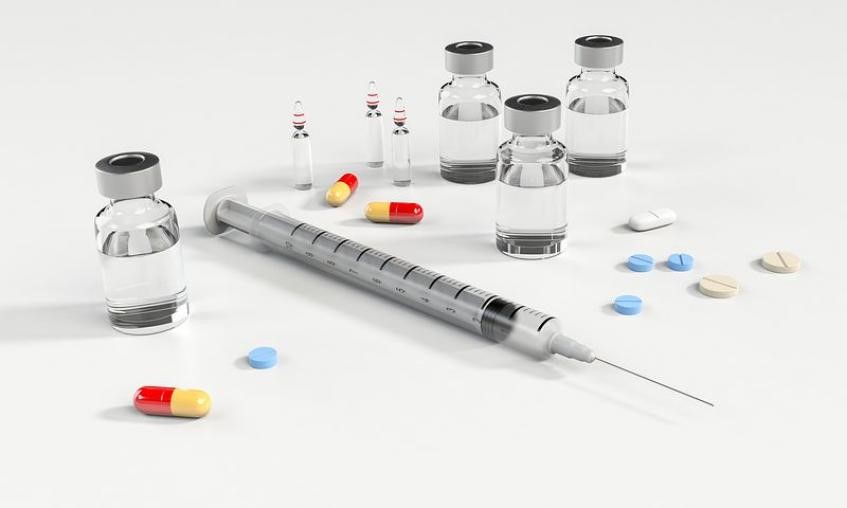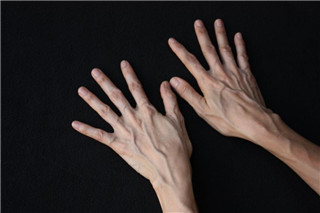Ain’t That a Pill Device Could Replace Needlesen
Investors ranging from Google’s parent company to pharma giants Novartis and AstraZeneca have shown interest in Rani Therapeutics, which is developing an ingestible drug-delivery pill.

How Autoinjector Technologies Could Change Drug Delivery
An industry expert talks about new autoinjector designs that can address the specific wants and needs of individual patients.

Need To Check Your Blood Pressure? Just Take a Selfie!
A new smartphone app uses an algorithm to analyze video from a smartphone camera to detect blood pulsing just beneath the skin — producing blood pressure readings.

Photo Of The Day: Robotic Spine Exoskeleton
Spine deformities, such as idiopathic scoliosis and kyphosis (also known as “hunchback”), are characterized by an abnormal curvature in the spine. The children with these spinal deformities are typically advised to wear a brace that fits around the torso and hips to correct the abnormal curve. Bracing has been shown to prevent progression of the abnormal curve and avoid surgery. The underlying technology for bracing has not fundamentally changed in the last 50 years.

8 New Developments That Could Revolutionize Pacemakers
Researchers and device developers have been taking aim at many of the shortcomings associated with current pacemakers, and these breakthroughs could usher in a new generation of pacemaker technologies.

Laser Direct Structuring for Sensor Manufacturing
Every day the world’s leading medical device companies rely upon laser direct structuring (LDS) to meet their most demanding design and performance requirements. Millions of electronic components with complex geometries are cost-effectively manufactured each year through the use of LDS to create circuit traces on three-dimensional molded interconnect devices (3D-MID).

Q&A: How to Evaluate New Technologies for Success
A technology and market matchmaker reveals a few tips on identifying and promoting technologies that suit product requirements and meet market demands.

How to Identify Crossover Technologies That Work for Medtech
Not every cool gadget from the consumer tech world can be applied successfully to healthcare, but the crossovers that work seem to make the hunt for that diamond in the rough worthwhile.

Designing Connected Medical Devices: Overcoming Key RF Challenges
Understanding the key design, performance, and certification issues involved in connecting medical devices can help eliminate many of the challenges facing medical device manufacturers, and direct them down the correct path.

Clothing-like exosuits represent a new class of wearable robots for people with mobility challenges, including stroke survivors.
ReWalk Robotics, a manufacturer of exoskeleton technologies, debuted the latest prototype for a soft suit exoskeleton device that aims to assist stroke survivors in the process of regaining mobility. The new device has been designed and developed alongside collaborators from Harvard University’s Wyss Institute for Biologically Inspired Engineering.
Read More
